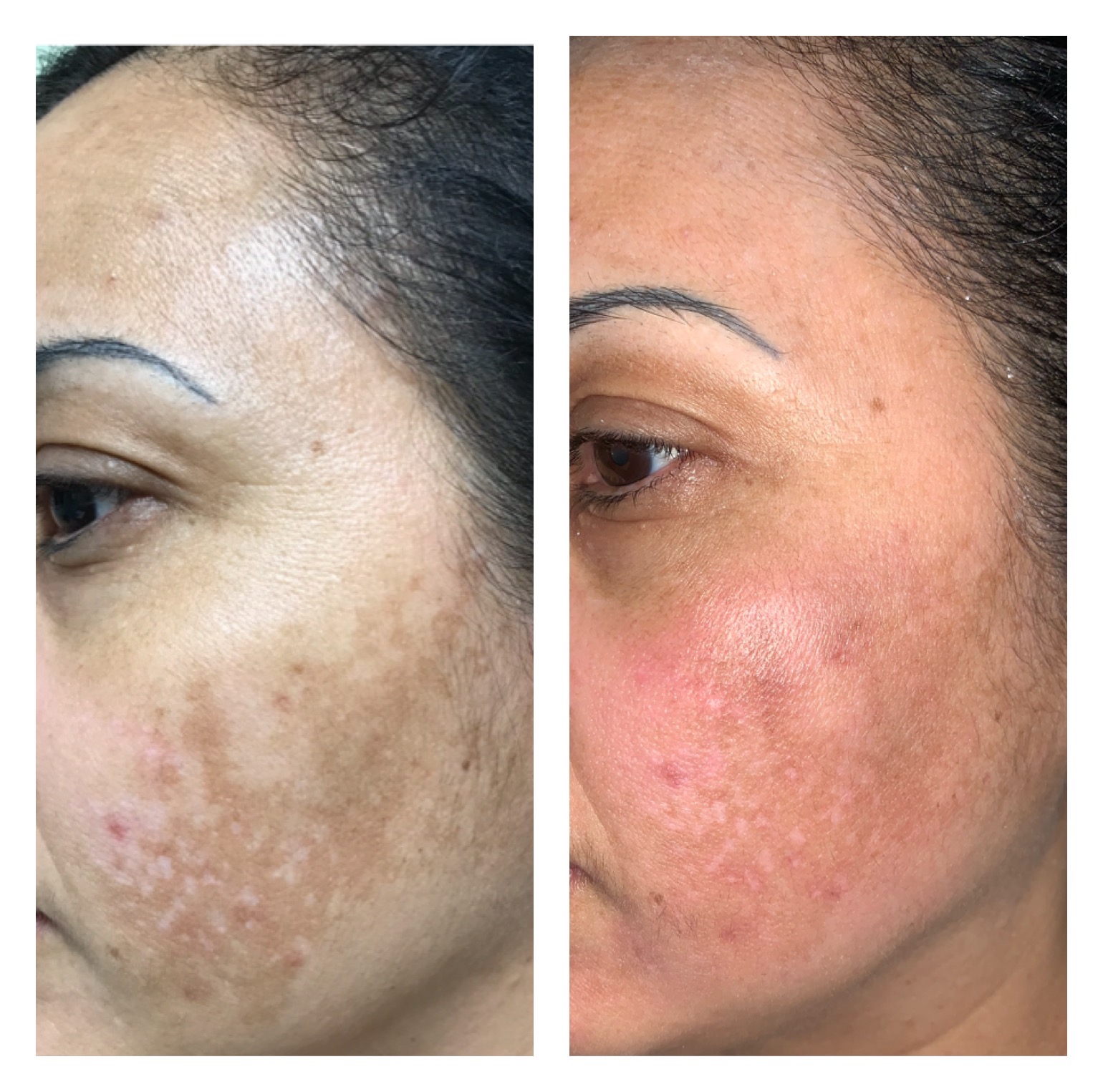Unlocking the Secrets of Hyperpigmentation with Expert Dermatologist Advice
Image Source: Google
Hyperpigmentation is a common skin condition that affects many people worldwide. It is characterized by patches of skin that are darker in color than the surrounding skin. This condition can be caused by various factors, including sun exposure, hormonal changes, inflammation, and skin injuries. If you struggle with hyperpigmentation and want to learn more about how to effectively treat and manage it, you've come to the right place.
The Science Behind Hyperpigmentation
Hyperpigmentation occurs when the skin produces an excessive amount of melanin, the pigment that gives skin its color. There are different types of hyperpigmentation, including:
1. Melasma
- Often triggered by hormonal changes, such as pregnancy or hormonal birth control
- Presents as brown or gray-brown patches on the face
2. Post-Inflammatory Hyperpigmentation (PIH)
- Develops after skin inflammation or injury, such as acne or eczema
- Causes dark spots or patches in the affected area
Treating Hyperpigmentation: Expert Dermatologist Advice
1. Sun Protection
- Apply a broad-spectrum sunscreen with an SPF of 30 or higher every day, even on cloudy days
- Wear protective clothing, such as hats and sunglasses, to shield your skin from UV rays
- Avoid prolonged sun exposure, especially between 10 am and 4 pm when the sun's rays are the strongest
2. Topical Treatments
- Use topical products containing ingredients like hydroquinone, retinoids, kojic acid, vitamin C, or niacinamide to lighten hyperpigmentation
- Consult with a dermatologist before starting any new topical treatment to ensure it is suitable for your skin type
3. Chemical Peels
- Chemical peels can help exfoliate the skin and improve the appearance of hyperpigmentation
- Consult with a dermatologist to determine the right type and strength of chemical peel for your skin
Professional Treatments for Hyperpigmentation
1. Laser Therapy
- Laser treatments target and break down melanin deposits in the skin
- Multiple sessions may be required for optimal results
2. Microneedling
- Microneedling involves creating tiny punctures in the skin to stimulate collagen production and improve skin texture
- Can also help reduce the appearance of hyperpigmentation
3. Cryotherapy
- Cryotherapy uses extreme cold to destroy melanin-producing cells in the skin
- Best suited for specific, small areas of hyperpigmentation
Preventing Hyperpigmentation
1. Maintain a Consistent Skincare Routine
- Use gentle cleansers and moisturizers suitable for your skin type
- Avoid harsh scrubbing or exfoliation that can irritate the skin
2. Address Inflammation Promptly
- Treat inflammatory skin conditions, such as acne or eczema, to prevent post-inflammatory hyperpigmentation
- Consult with a dermatologist for personalized treatment recommendations
3. Stay Hydrated and Eat a Healthy Diet
- Drink plenty of water to keep your skin hydrated and healthy
- Eat a balanced diet rich in fruits, vegetables, and antioxidants to support skin health

Leave a Reply
You must be logged in to post a comment.